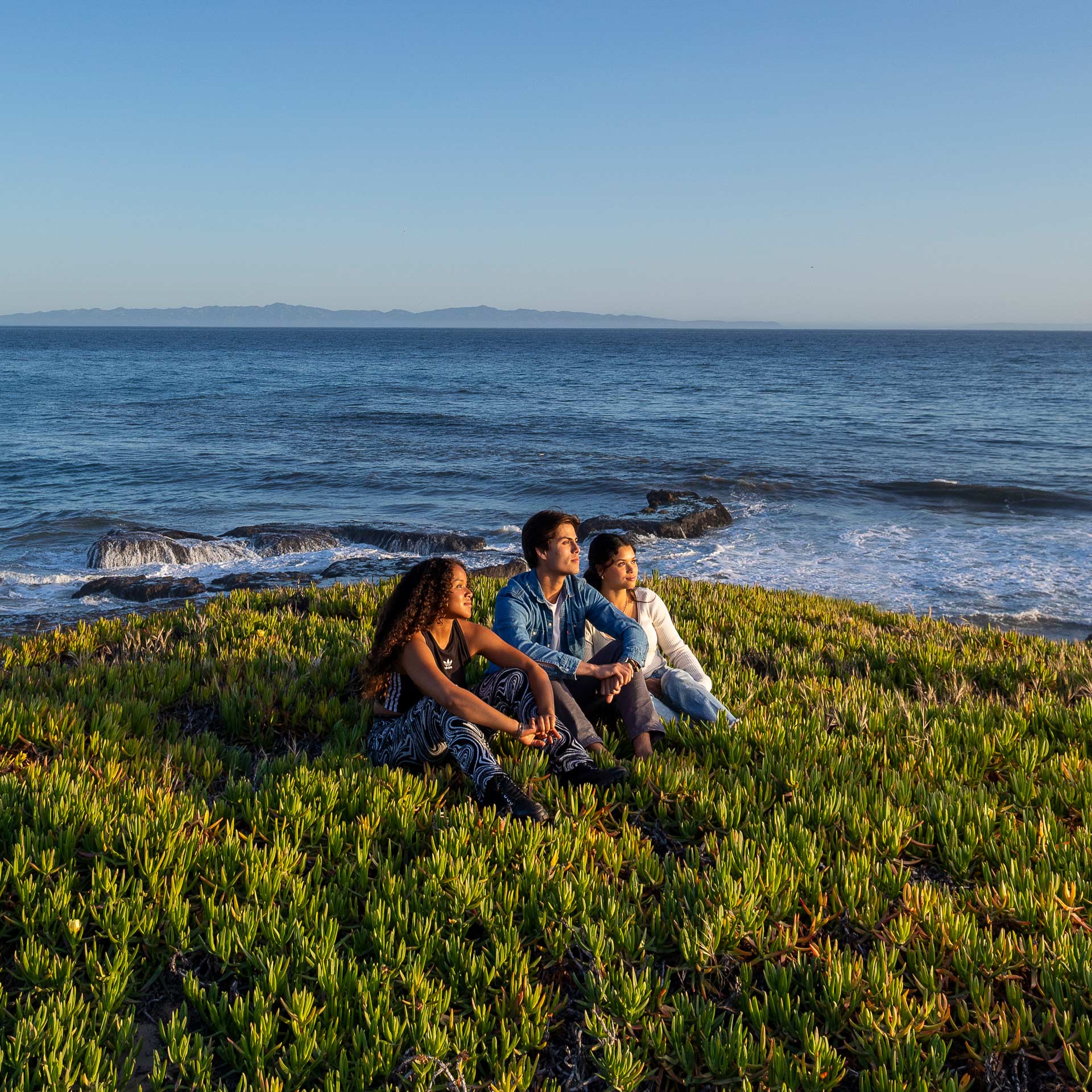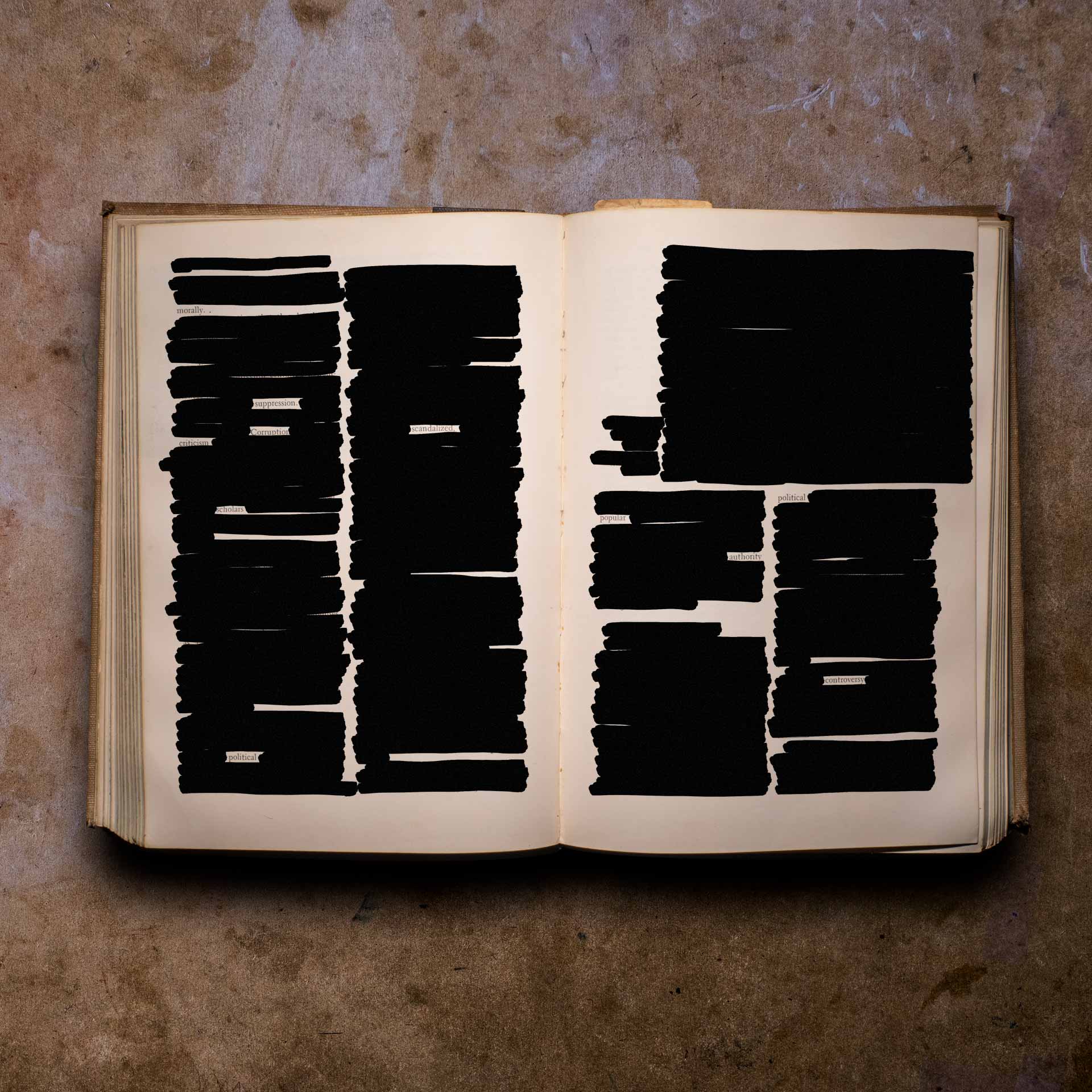
Making Waves
An inside look at the undergraduate class Geography of Surfing
Stuart Sweeney caught his first wave at age 8. Growing up around Los Angeles, he immersed himself in all things aquatic — surfing, swimming, lifeguarding. He was part of a group that broke the Guinness world record for longest water polo match (26 consecutive hours).
As an undergraduate student at UC San Diego, Sweeney found himself wishing his professors would craft examples more relevant to his interests. “We were learning about game theory in an economics class,” he recalled, “and I realized it was the same human behavior as my work as a lifeguard trying to keep swimmers in the swimming areas and surfers out of them. I was always trying to translate things into my experience.”
From this seed of discontent, Sweeney got the idea as a young professor to create a class about geography through the lens of surfing. And so was born Geography of Surfing — the first course of its kind and one of UCSB’s most popular classes for nearly 20 years.
Sweeney does not always teach the class, but he shaped it. Starting with the origins of surf culture and how it migrated across the Pacific region, it then delves into how waves are generated. The latter part of the class covers either the surfboard manufacturing industry as it pertains to economic geography or the topic of territorialism in surfing. Along the way, students touch on myriad geographical concepts, learning about the field in relation to one of California’s most iconic sports.
Course assignments are built around planning a surf trip to a foreign country. Students choose a destination based on mapping, then learn about its history and culture, and study the climate and quality of waves they might encounter there. “I always thought it was pretty creative,” said Sweeney. “So much of surfing is about traveling and surfing an exotic wave in a far-flung place.”
The syllabus also sprinkles in plenty of real-world examples, like the time Sweeney rode the exact waves his students had been monitoring: “One year there was a storm — we could see it in the reports we were studying in class — and we predicted when the waves would get to Campus Point,” he said. “I had a GoPro and I paddled out during that swell, so I was able to ride the particular set of waves we had been tracking.”

Guest speakers, from surfboard shapers to former pro surfers to photojournalists, also feature in the course that attracts a wide range of students — not all of them surfers or even native Californians. “I think it’s popular because it taps into the culture of Southern California,” Sweeney said. “Since we’re a UC school, many of our students are from or aware of that culture. But we also get kids from abroad who want to understand the culture and immerse themselves in it.”
Sweeney estimates that close to 6,000 students have taken the course over the years, and he hopes for at least 6,000 more. “I’m trying to push the idea that geography as a whole can be used to view a subject domain,” he said. “Geography at its core is integrative. I’m doing what I can to open the pipeline.”


